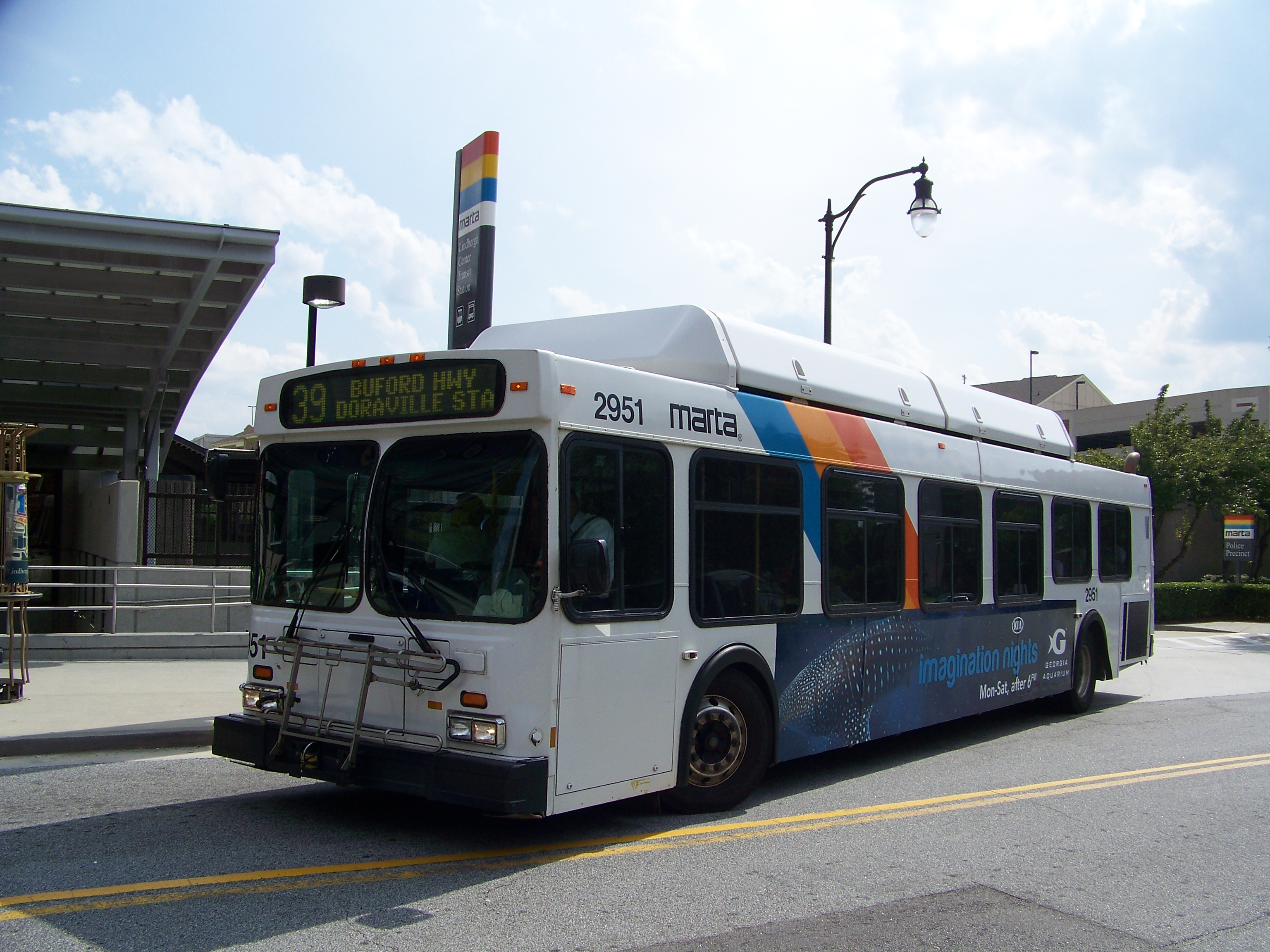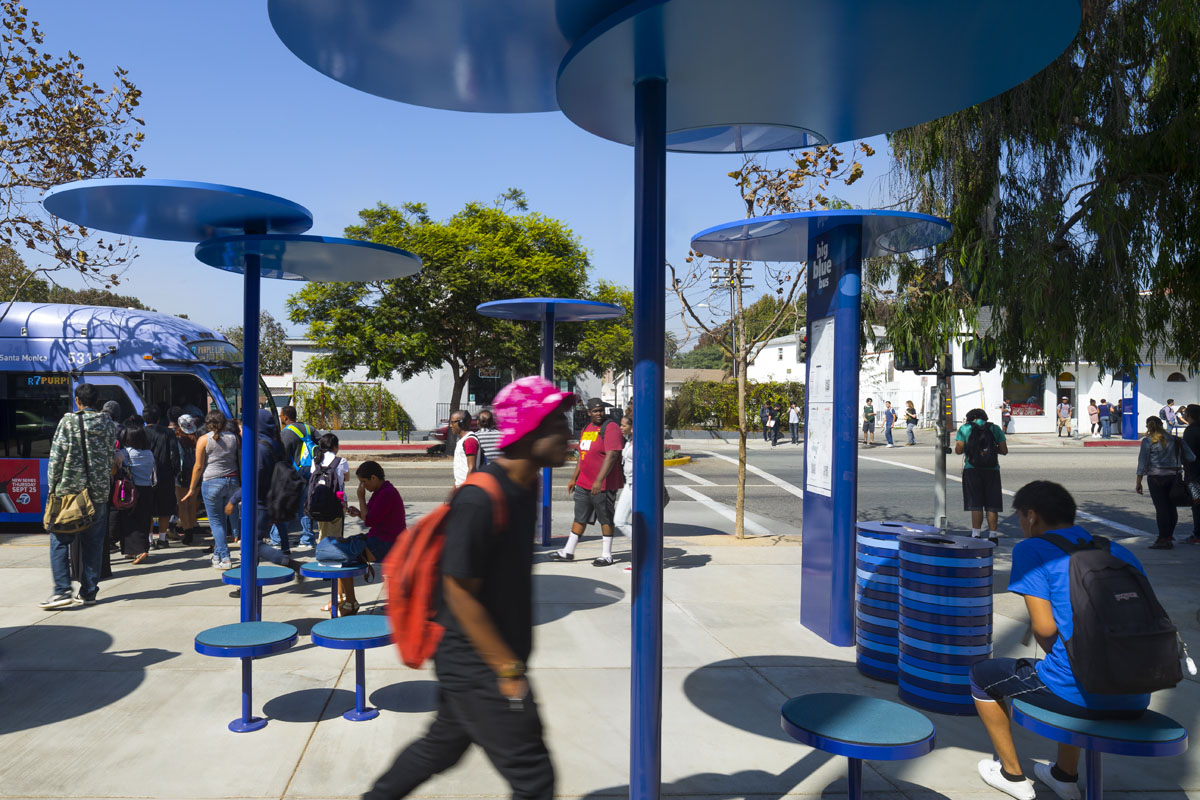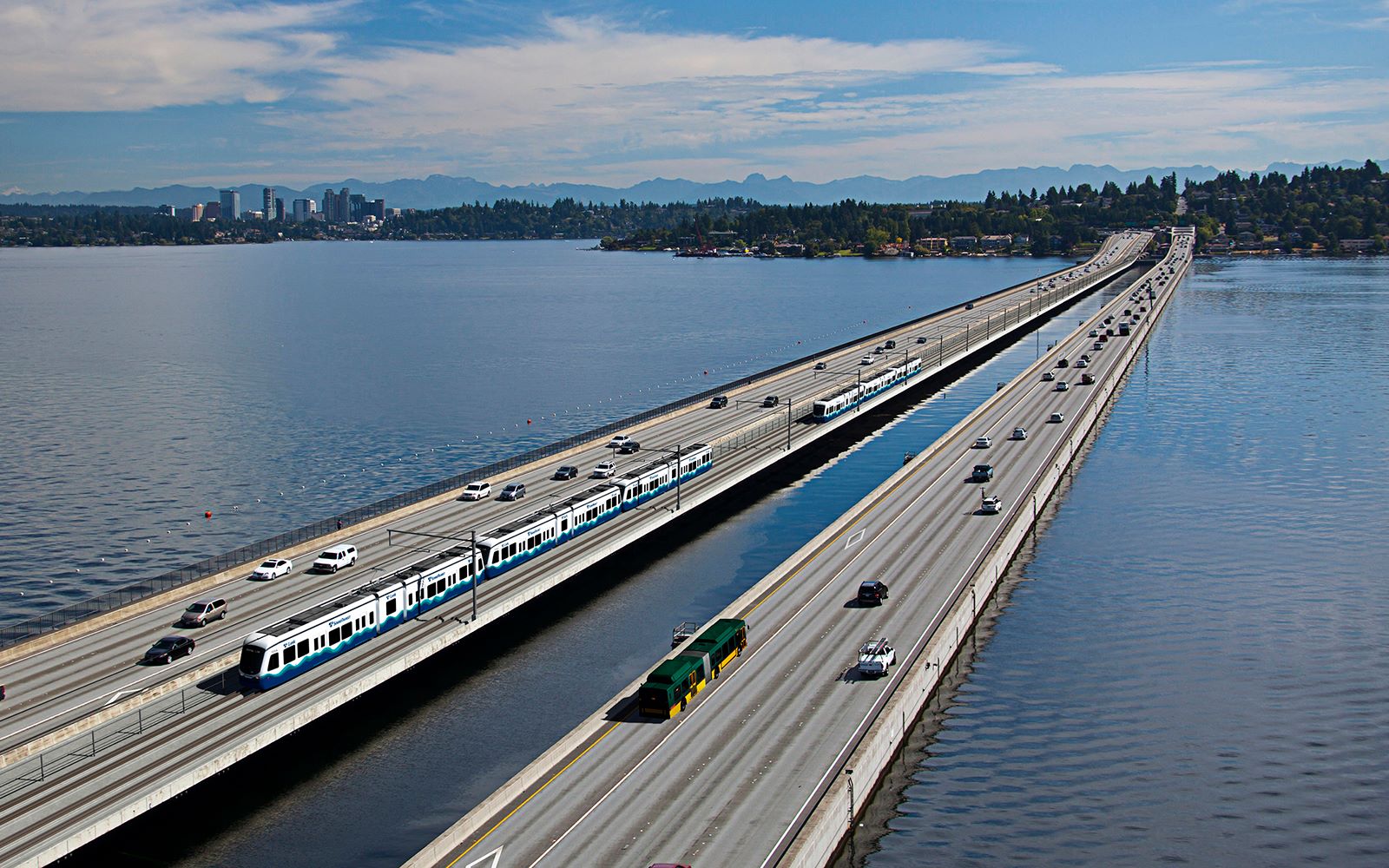
The November 2016 election was a high point for transit. The measure of public confidence expressed in transit agencies to provide better transportation was unprecedented. Voters in cities as wide ranging as Indianapolis, Atlanta and Seattle approved tax increases to dramatically build out rail networks and improve bus systems. And if federal transit funding is reduced, these local funding sources will become more critical than ever.
As a result of these initiatives, can transit riders in these cities expect to see service step up right away?
Unsurprisingly, buses will play a starring role in short term improvements. MARTA riders in Atlanta have started to see increased hours of service on several bus routes. And on April 15th, MARTA will launch late night service on 5 routes, with more improvements slated soon for another 10. Additionally, the agency is working with the Georgia DOT to implement traffic signal improvements to speed up buses. Atlanta commuters will no doubt appreciate these improvements as work begins to repair a collapsed section of I-85.
The City of Raleigh’s approved ½ cent sales tax went into effect on April 1st. As a result, the local transit agency GoRaleigh will be increasing frequency and availability on its bus network beginning in September. They’ll expand weekend service by adding over 15 thousand annual hours to Sunday service to match Saturday. They’re also increasing frequency to every 15 minutes on the Route 7 – South Saunders corridor, one of the highest travelled corridors in Wake County. The agency is also in the process of hiring additional staff to plan and implement longer term projects and expand its bus fleet. Similarly, IndyGo in Indianapolis is staffing up and embarking on a major bus purchase in preparation for service expansion.
In Los Angeles, regional bus providers like Norwalk Transit, Santa Monica’s Blue Bus and Foothill Transit will be some of the first beneficiaries of Measure M money. Riders on those systems could begin to see service improvements in the form of increased frequency as early as July.

Big Blue Bus Shelters, Location: Santa Monica, CA, Architect: Lorcan O’Herlihy Architect (LOHA)
In Charleston, SC and Seattle there has been substantial post-vote pushback against both the collection and allocation of voter-approved tax increases for transit. The lesson is that big wins at the ballot are more a continuation of advocacy by other means rather than one-time silver bullets, especially in the context of complex regional politics. Despite ST3’s large majority of public support, the scale of transit improvements in Seattle now hinges upon whether transit advocates can beat the backlash against collection of the “unfair” car tab fee. In Charleston, advocates are currently fighting for public agencies to spend the $600 million voters earmarked for mass transit improvements in the region.

 On the Brink: Will WMATA’s Progress Be Erased by 2024?
On the Brink: Will WMATA’s Progress Be Erased by 2024?
The experience of being a WMATA rider has substantially improved over the last 18 months, thanks to changes the agency has made like adding off-peak service and simplifying fares. Things are about to get even better with the launch of all-door boarding later this fall, overnight bus service on some lines starting in December, and an ambitious plan to redesign the Metrobus network. But all of this could go away by July 1, 2024.
Read More A Bus Agenda for New York City Mayor Eric Adams
A Bus Agenda for New York City Mayor Eric Adams
To create the “state-of-the-art bus transit system” of his campaign platform, Mayor Adams will have to both expand the quantity and improve the quality of bus lanes. We recommend these strategies to get it done.
Read More